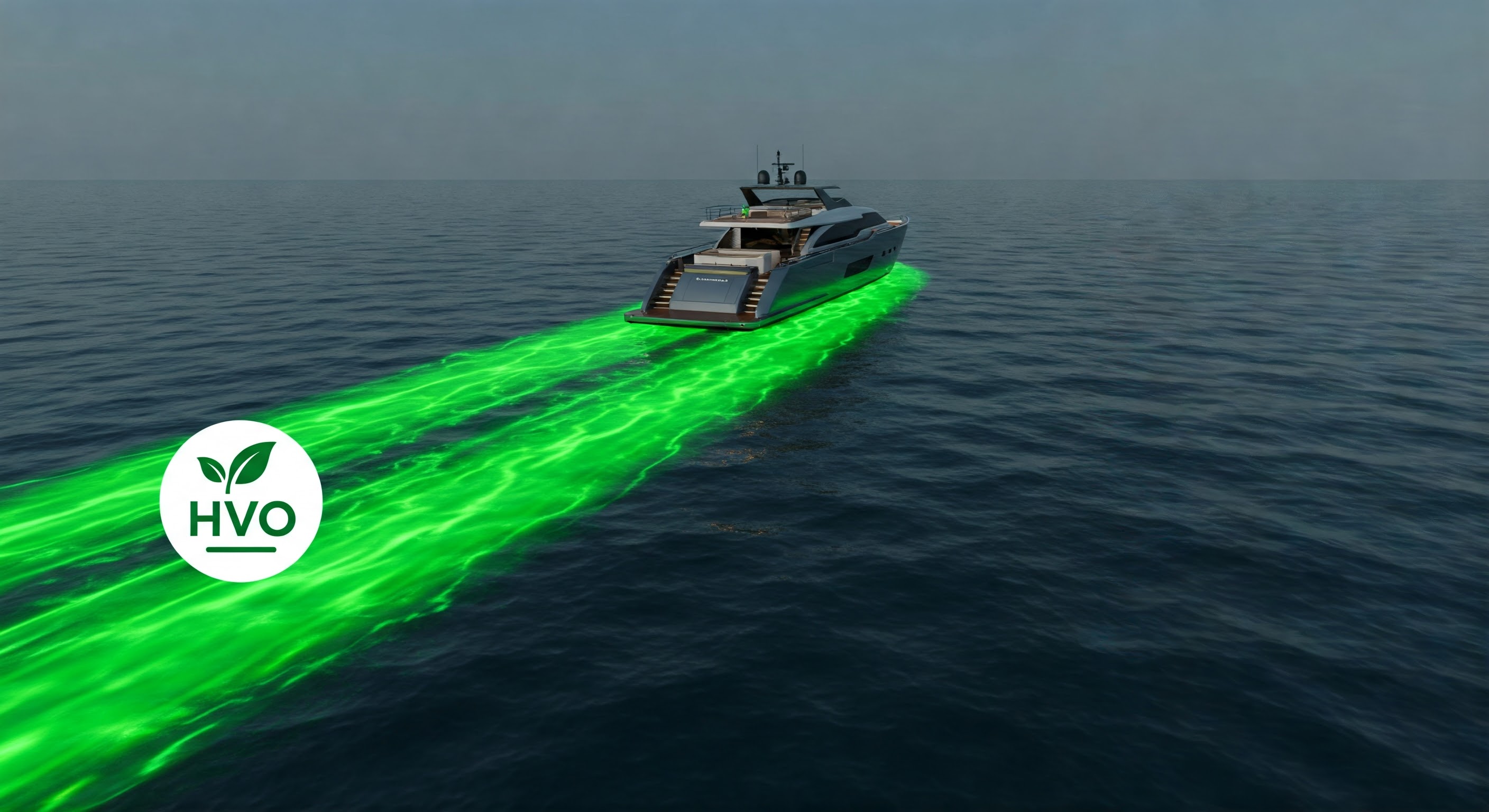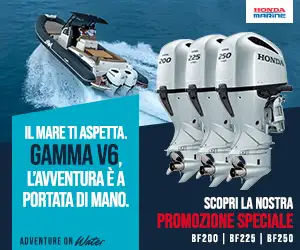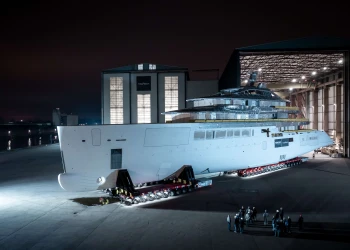
Decarbonising Recreational Boating: Where Do We Stand Today?
One year after the release of ICOMIA’s comprehensive report “Pathways to Propulsion Decarbonisation for the Recreational Marine Industry”, the 2024 edition of Metstrade served as a key moment to assess progress. The industry is now reflecting on what has truly been achieved, which solutions offer short-term impact, and which technologies and strategies will be most viable in the long run.
Reviewing the Report and Its Global Impact
Developed in collaboration with Ricardo – a leading global engineering consultancy – and independently reviewed by three third-party bodies, the 558-page report has earned wide credibility for its scientific depth. Its findings have been shared across more than 20 countries.
During the latest Metstrade, ICOMIA President Darren Vaux stressed that innovation must be based on measurable data and Life Cycle Assessment (LCA) methods, to avoid misguided regulatory decisions based on perception or ideology.
Immediate CO₂ Reduction Strategies
Unlike the auto sector, where electrification dominates, recreational boating requires a more diverse toolbox. Frank Hugelmeyer, President of NMMA (USA), highlighted the reality of a global fleet of over 30 million boats with life cycles of 30–50 years and just a 2% turnover per year.
Sustainable fuels are therefore seen as the most effective immediate solution — delivering up to 30% emissions reduction without requiring a complete overhaul of the existing fleet or infrastructure. While electric, hybrid, and hydrogen propulsion are developing, they are not yet universally scalable.

Sustainable Fuels: Real-World Performance
Based on collected data, the ICOMIA report clearly shows how sustainable fuels outperform other options in immediate application:
A pontoon boat, popular in North America, would cut CO₂ emissions by 60% using sustainable fuels. Achieving this with electric or hydrogen would require a 190% and 200% increase in engine use, respectively.
A displacement motorboat sees a 40% reduction with sustainable fuels. To match that, electric or hydrogen propulsion would require 595% and 490% more operating hours.
For sailing and high-performance motor yachts, electric or hydrogen propulsion shows similar limits in efficiency per operating hour.
Infrastructure: Compatibility vs. Distribution
Although current marine infrastructure can already support sustainable fuels, a distribution network is lacking. NMMA and Suzuki Marine have launched pilot projects in the US, but scaling the supply chain requires collaboration with high-demand sectors like aviation, to ensure economic sustainability.
The Future of Electric and Hybrid
The report also highlights the long-term potential of electric, hybrid, and hydrogen propulsion — especially in specific use cases. Ongoing progress in battery technology, energy density, and sustainable materials indicates that these solutions will play a growing role in the future.
ICOMIA continues to promote a multi-technology strategy, offering advanced tools like LCA platforms to help builders and innovators measure and reduce carbon impacts at every stage of the production and usage cycle.
More information is available on ICOMIA’s official website, where the full report can be downloaded.
©PressMare - All rights reserved





